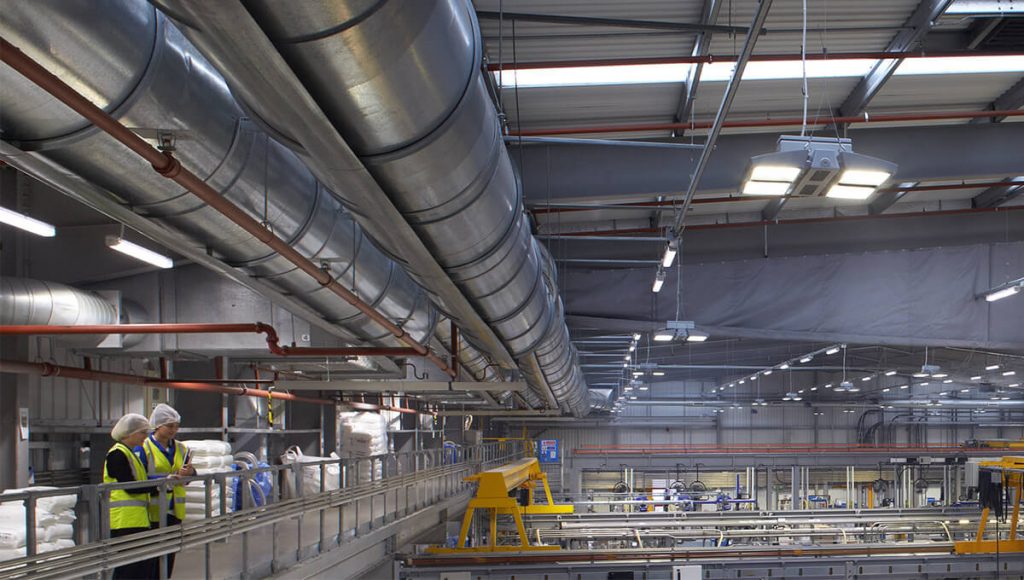
© DR
Manufacturers have much to gain by switching to LED: energy savings, maintenance efficiencies, and employee comfort are just a few examples.
Upgrading a plant’s lighting assets is not necessarily the first thing people think of when it comes to generating energy savings in industry. Yet lighting accounts for 2 to 15 per cent of a site’s electricity consumption. Using much less power-hungry LED fixtures is a first step towards achieving these savings.
LEDs also offer considerable advantages from a maintenance point of view. ”Although the potential savings are significant, they aren’t as obvious, as they don’t immediately spring to mind,” confirms Jérémy Renaux, Energy Efficiency Engineer at Actemium, the VINCI Energies industrial processes brand.
An LED lamp has a lifespan that is on average five times longer than that of a fluorescent tube, so there are clear savings: LEDs require less maintenance and scheduled servicing to replace them, whereas conventional assets are difficult to maintain due to frequently challenging environments (accessibility of installations, production requirements, etc.).
An issue that needs to be looked at from a wider perspective
To achieve energy savings, merely changing the light fixtures is not enough. The overall context must be examined – environment, branch of industry, ambiance – to ensure equipment is reliable while at the same time complying with lighting standards. These standards set lighting requirements (lighting level, unified glare rating, illuminance uniformity, colour rendering index, etc.) based on the type of area, task and/or activity.
As well as offering high energy performance, light spectrums that replicate sunlight, and uniform lighting, LED technology also helps enhance employee comfort.
LED lighting has become smart, incorporating motion and light sensors so as to match lighting to needs. Connected to a building energy management system, “lighting assets become more interactive, can be logged and respond to orders. For example, it will be possible to determine the quality and quantity of light, the quantity of energy used, and so on,” concludes Jérémy Renaux.
16/02/2017
Learn more:
www.actemium.com


